Just In
- 5 hrs ago

- 14 hrs ago

- 16 hrs ago

- 16 hrs ago

Don't Miss
- Education
 JEE Main Result 2024 Out, Telangana's 15 Toppers Shine, Check Statewise List of 56 Candidates with Perfect 100
JEE Main Result 2024 Out, Telangana's 15 Toppers Shine, Check Statewise List of 56 Candidates with Perfect 100 - Sports
 Who Won Yesterday's IPL Match 40? DC vs GT, IPL 2024 on April 24: Delhi Capitals Clinch High-Scoring Thriller At Kotla
Who Won Yesterday's IPL Match 40? DC vs GT, IPL 2024 on April 24: Delhi Capitals Clinch High-Scoring Thriller At Kotla - News
 Mangalsutra Row: Did Indira Gandhi Donate Gold During The 1962 War? The Facts Behind Priyanka's Claim
Mangalsutra Row: Did Indira Gandhi Donate Gold During The 1962 War? The Facts Behind Priyanka's Claim - Movies
 Kota Factory 3 OTT Release Date, Platform: When Will Jitendra Kumar's Web Series Premiere On Netflix?
Kota Factory 3 OTT Release Date, Platform: When Will Jitendra Kumar's Web Series Premiere On Netflix? - Travel
 Escape to Kalimpong, Gangtok, and Darjeeling with IRCTC's Tour Package; Check Itinerary
Escape to Kalimpong, Gangtok, and Darjeeling with IRCTC's Tour Package; Check Itinerary - Finance
 DCB Bank Q4 Results: PAT Grew 9% To Rs 156 Cr, NII Jumps 4.5%; Dividend Declared
DCB Bank Q4 Results: PAT Grew 9% To Rs 156 Cr, NII Jumps 4.5%; Dividend Declared - Technology
 OPPO Find X7 Ultra Camera Deep-Dive: Pushing the Boundaries of Photography on a Smartphone
OPPO Find X7 Ultra Camera Deep-Dive: Pushing the Boundaries of Photography on a Smartphone - Automobiles
 Aston Martin Vantage Launched In India At Rs 3.99 Crore
Aston Martin Vantage Launched In India At Rs 3.99 Crore
Different Body Parts That Are Grown In A Lab!
Science and its advancements!
When a lizard gets into its defensive mode, the first thing it does is sheds its tail and this is an action of defense mechanism. But the fact is it regrows its tail in couple of days again.
Don't we humans always wish we could also regrow some of our body parts in any accidental case?
But do you think it is even possible in humans? Individual cells in our body are constantly being replaced, as they wear out. It's a process that slows with ageing, but continues throughout the lifetime.

Here, in this article, we are throwing light on some of the science bit, where one can regrow 8 different human body parts and this is NO JOKE, as it is scientifically proven.
Check them out.
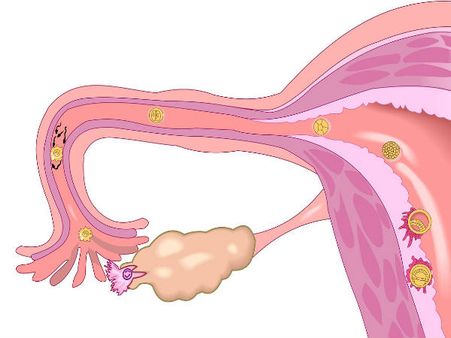
The Fallopian Tube
Using stem cells, scientists from the Max Planck Institute for Infection Biology in Berlin have actually grown the innermost cellular layer of the human fallopian tube. This is the structure that connects the ovaries with the uterus!
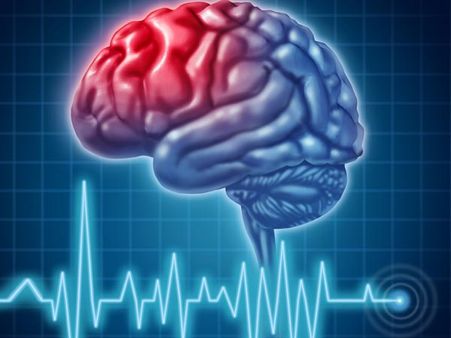
The Minibrain
A lab has grown a brain which is the size of a pencil eraser from skin cells by cultivating these. The Ohio State University (OSU) scientists state that this brain size is structurally and genetically similar to a brain of a 5-week-old human foetus.

The Miniheart
Researchers have prompted stem cells to develop into different heart muscles and connective tissues, which were later organised into tiny chambers and voila - it was the "beat."
Kevin Healy (University of California, Berkeley), a professor of Bioengineering and co-senior author of this interesting study has stated,"This technology could help us quickly screen for drugs likely to generate cardiac birth defects, and guide decisions about which drugs are dangerous during pregnancy."
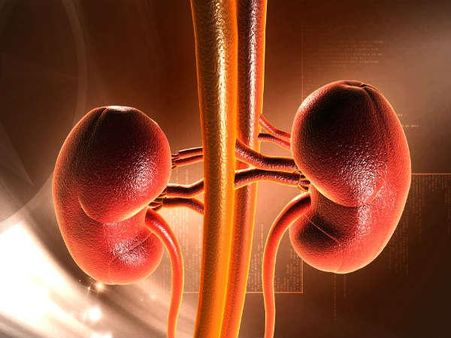
The Minikidney
A team of Australian scientists grew a minikidney, by differentiating the stem cells to form organs with three distinct types of kidney cells. According to the reports, the researchers grew the organoid in a process that followed the normal kidney development.
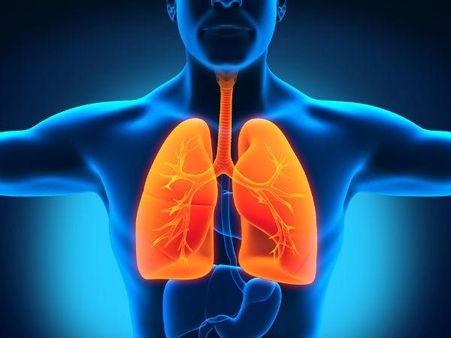
The Minilung
Researchers from several institutions collaborated and decided to grow 3D lung organoids, which developed a bronchi and the lung sacs.
Jason R. Spence, a senior study author, who is also an assistant professor of Internal Medicine and Cell and Developmental Biology at the University of Michigan Medical School stated, "These minilungs can mimic the responses of real tissues and will be a good model to study how organs form [and] change with disease, and how they might respond to new drugs".
He further added that the minilungs survived in the lab for more than 100 days.
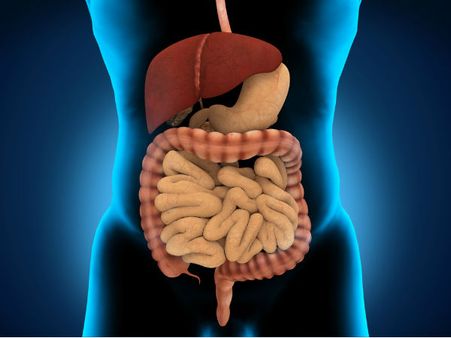
A Ministomach
Though this sounds impossible, but it is actually possible! Researchers have revealed that a ministomach can take about one month to cultivate in a petri dish! The "oval-shaped, hollow structure" resembles one of the stomach's two sections.


The Vagina
A study was published in a leading journal that described the successful transplants of lab-grown vaginas, created by nurturing the patients' cells on a vagina-shaped scaffold.
According to the researchers, the transplants were conducted several years earlier in a few girls and young women who were aged between the ages of 13 and 18.
It was done to correct a congenital defect in which the vagina and uterus were missing or underdeveloped. The teenagers were examined annually for over 8 years after the transplants to check if the organs functioned normally.

Penis
Scientists at the Wake Forest Institute for Regenerative Medicine have apparently used rabbit cells to grow the penile erectile tissue. It was later transplanted onto male rabbits, which then mated successfully. Since the process is still in the experimental stages, an approval is needed to transplant this in humans.
-
 healthWhat's The Secret To Living Till 100? Well, They Are Simple, Tasty, And Fulfilling!
healthWhat's The Secret To Living Till 100? Well, They Are Simple, Tasty, And Fulfilling! -
 astrologyNumerology And Its Influence: How Numbers Can Impact Major Life Decisions
astrologyNumerology And Its Influence: How Numbers Can Impact Major Life Decisions -
 insyncGuru Nanak Jayanti 2023 Bank Holiday: Banks Will Be Shut In These States Today, Check List!
insyncGuru Nanak Jayanti 2023 Bank Holiday: Banks Will Be Shut In These States Today, Check List! -
 yoga spiritualityThe Three Sisters Of Sita: Life History And Cause Of Death
yoga spiritualityThe Three Sisters Of Sita: Life History And Cause Of Death -
 faith mysticismSix Guides That Help You Reach Your Destination In Life
faith mysticismSix Guides That Help You Reach Your Destination In Life -
 faith mysticismParamahansa Yogananda: Priceless Quotes To Be Treasured And Remembered
faith mysticismParamahansa Yogananda: Priceless Quotes To Be Treasured And Remembered -
 faith mysticismHow The Pandava Prince Yudhishthira Was Humbled By A Small Mongoose
faith mysticismHow The Pandava Prince Yudhishthira Was Humbled By A Small Mongoose -
 faith mysticismHow To Perform Your Duties Regardless Of Results, Take A Cue From Mahabharata
faith mysticismHow To Perform Your Duties Regardless Of Results, Take A Cue From Mahabharata -
 lifeHow To Achieve Work Life Balance: 21 Tips That Will Come Handy
lifeHow To Achieve Work Life Balance: 21 Tips That Will Come Handy -
 wellnessYou Might Live Longer If You Have A Sense Of Purpose, Study
wellnessYou Might Live Longer If You Have A Sense Of Purpose, Study -
 beautyIs Life Really Easier For Attractive People?
beautyIs Life Really Easier For Attractive People? -
 wellnessEvery Seven Years Comes With A New Life Challenge: What Happens To Us During These Phases?
wellnessEvery Seven Years Comes With A New Life Challenge: What Happens To Us During These Phases?


 Click it and Unblock the Notifications
Click it and Unblock the Notifications



